Organizations must figure out how to implement and apply IoT, how long it takes to get started, and what it will cost. Questions like these often have discouraging answers, especially for smaller companies with little in-house infrastructure.
The cloud, like the internet before it, changed the IT game and became the great equalizer for organizations of all kinds and sizes.
With the cloud, smaller companies could deploy enterprise-scale applications by renting, rather than buying, infrastructure.
IoT isn’t as clear-cut as cloud technology, either in form or substance, which means organizations must rethink their strategy and architecture.
IoT is hardware-intensive and its applications are difficult to design, which sets smaller companies up for the same difficulty as they encountered before cloud offerings.
It should surprise no one that vendors have deployed SaaS IoT platforms to address the problem of adapting the enterprise for IoT-based applications, as well as many of IoT’s hardware and infrastructure challenges.
Considering all the points, it’s apparent that IoT is one of the biggest digital revolutions in the technology industry.
It is an advanced technology that understands their needs and increases its convenience. And there is no doubt that the SaaS IoT has seen a rise in all sectors.
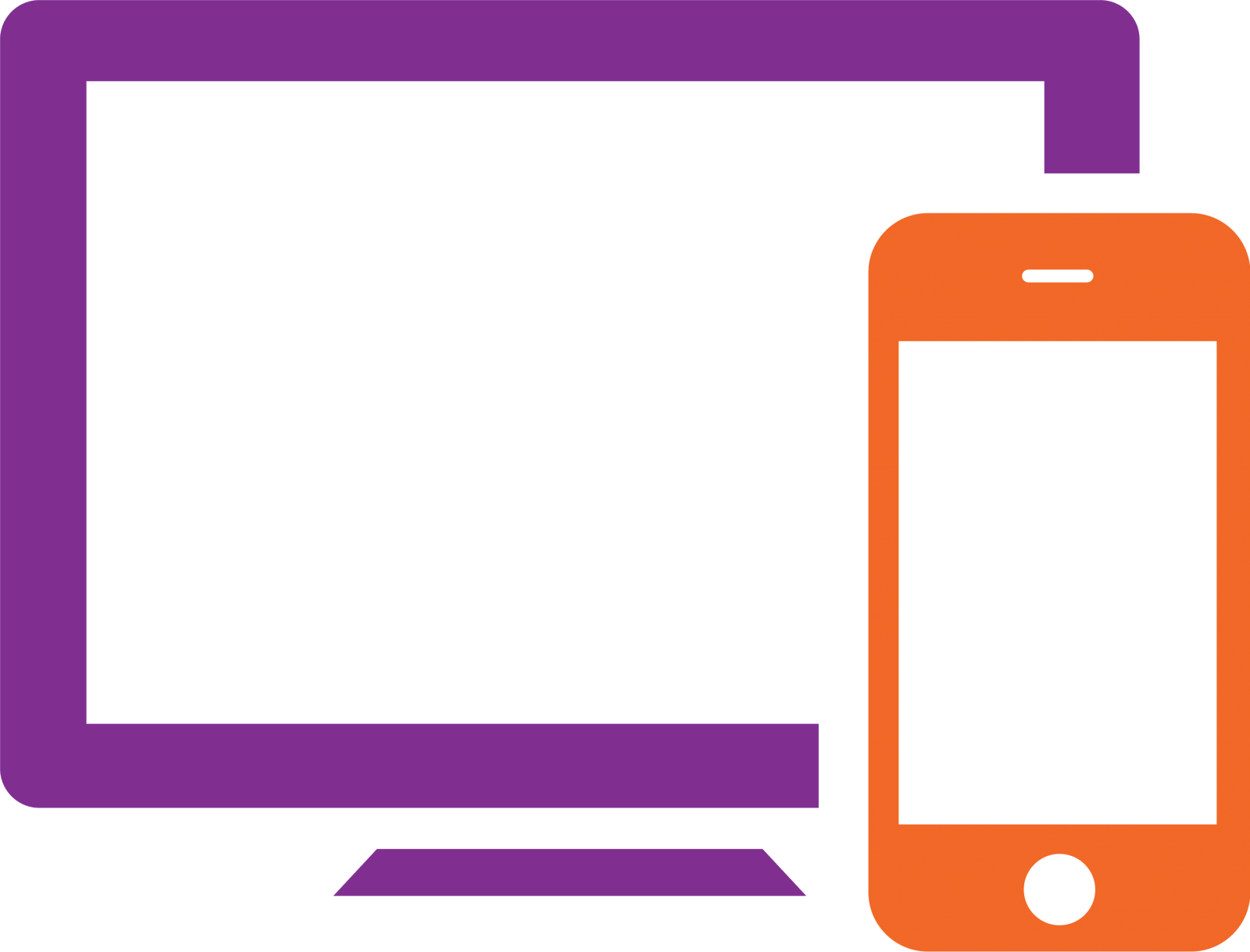
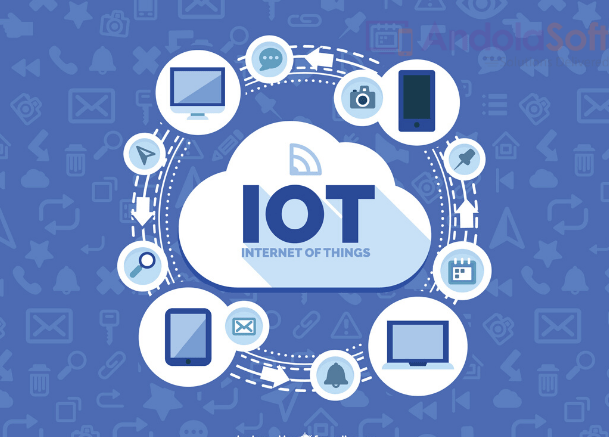
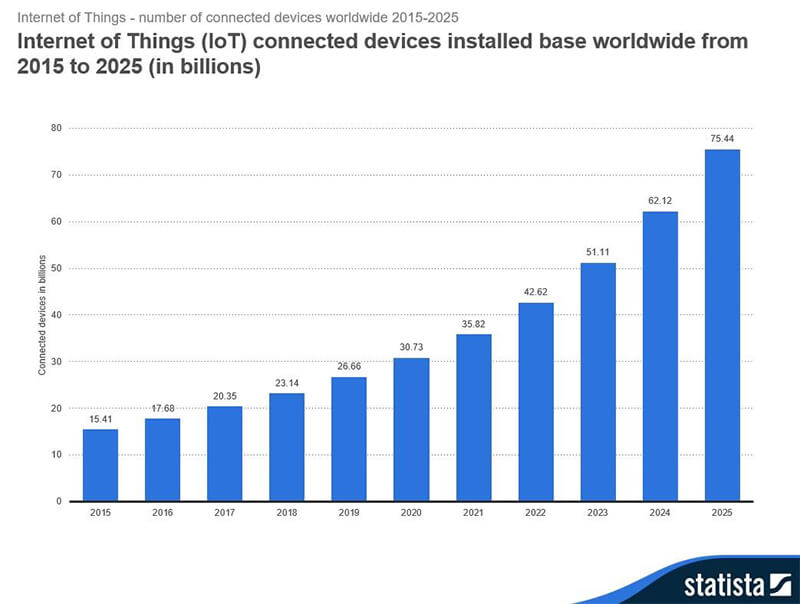
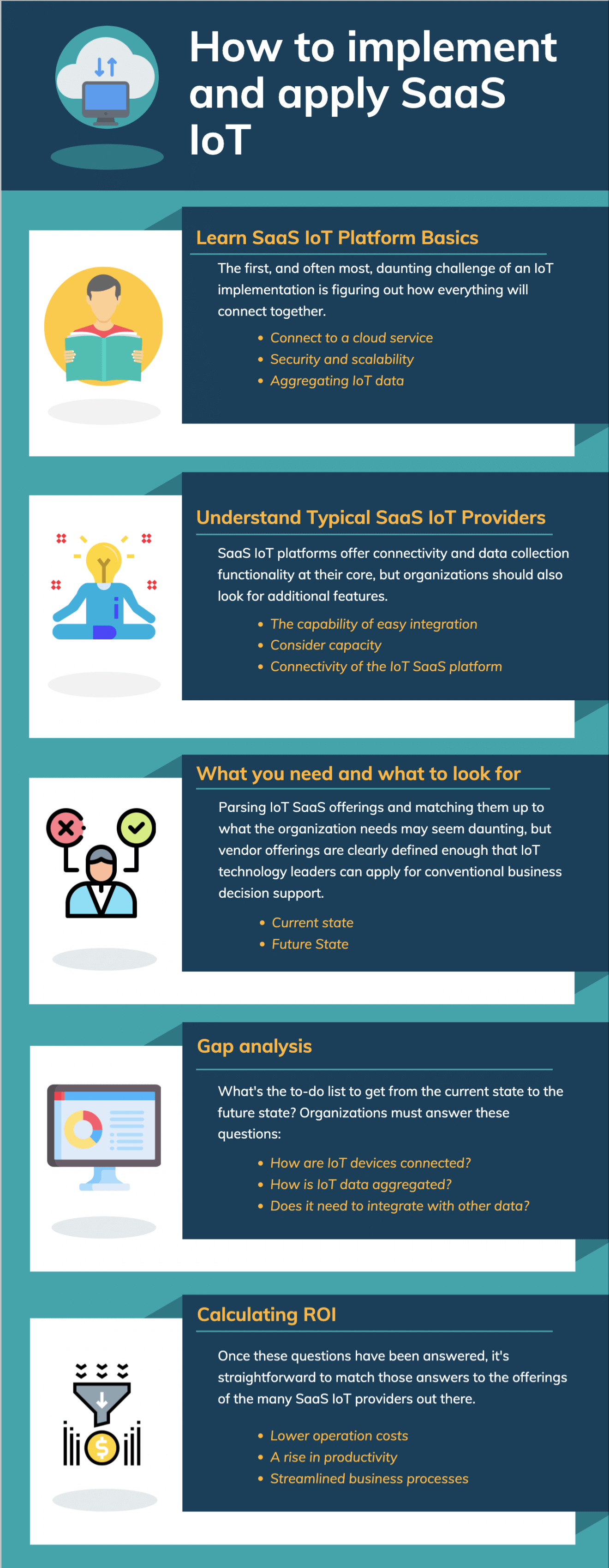

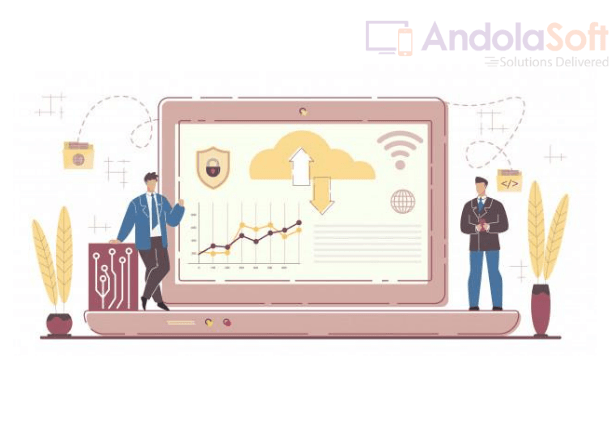
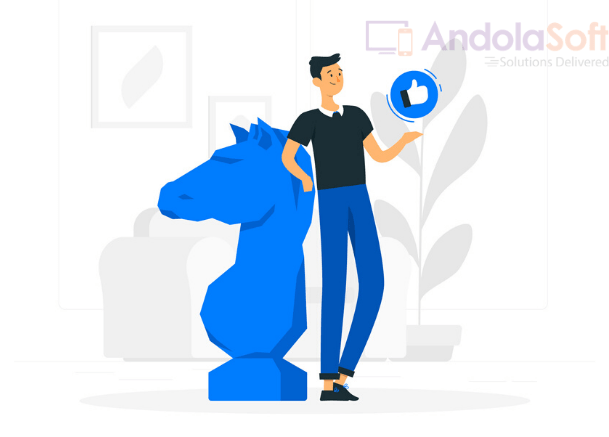








 Subscription Confirmed!
Subscription Confirmed!